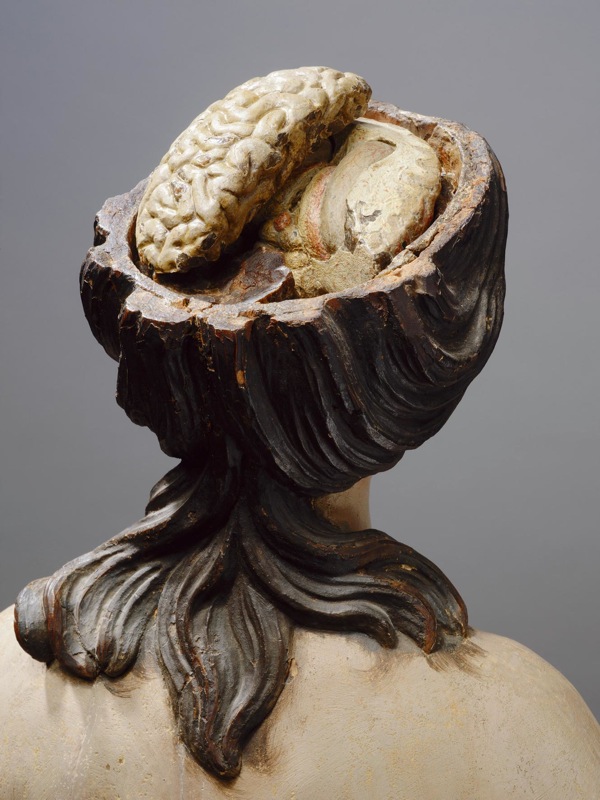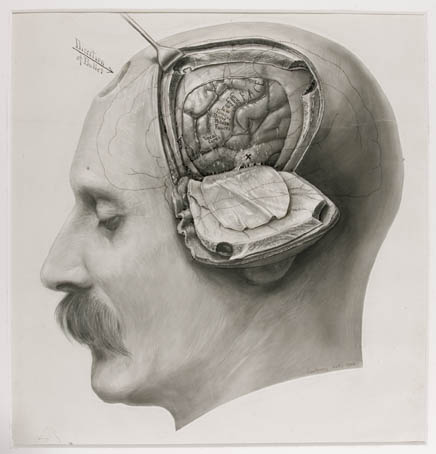
If anyone out there has plans to be in or around the lovely city of Cleveland, Ohio this Tuesday, March 1, why not come by the Dittrick Medical History Center and Museum to take in an illustrated introduction I will be delivering on the the topic of medical museums?
The lecture--entitled "Anatomical Venuses, Slashed Beauties, and Three Fetuses Dancing a Jig?"--is open to the general pubic and, to the best of my knowledge, free to attend. The lecture is scheduled to being and 6:00 PM and will be followed by a reception at 7:00 PM.
Full details follow; would love to see you there!
Anatomical Venuses, Slashed Beauties, and Three Fetuses Dancing a Jig:Full info available here.
An Illustrated Journey into the Curious World of Medical Museums
Date: March 1, 2011
Time: 6:00 PM Powell Room, 2nd floor
Reception: 7:00 PM, in the Percy Skuy Gallery, of the Dittrick Medical History Center and Museum (Allen Memorial Medical Library, 11000 Euclid Avenue).
Please RSVP by February 25th, phone 216-368-3648, or e-mail jennifer.nieves@case.edu
In April 2007 Joanna Ebenstein created a fascinating blog, Morbid Anatomy, where she has since been "surveying the interstices of art and medicine, death and culture." Medical museums, like the Dittrick, provide much of the content for Morbid Anatomy. But Ebenstein has cast her net still further, exploring arcane and curious collections across Europe and the UK. She'll be sharing with us her take on the often macabre and sometimes beautiful fruit of that search. From wax moulages of syphilitics in Paris to obstetric models in Bologna, and from pathology specimens in London to fetal skeletons in Leiden, Ebenstein explores the wonder of things found in medical museums. In the process, she will offer insights on the psychology of collecting, and reveal the secret life of objects and collections in these intriguing spaces.
Lecture: 6:00 PM Powell Room, 2nd floor, Reception: 7:00 PM, in the Percy Skuy Gallery, of the Dittrick Medical History Center and Museum (Allen Memorial Medical Library, 11000 Euclid Avenue).
Parking is available in the visitors lot under Severance Hall.
Image: The Bolognese "Venerina," Anatomical Venus, Clemente Susini, 1780-1782, housed at the Museo di Palazzo Poggi in Bologna, Italy where the Venerina is housed; More on that here.


































